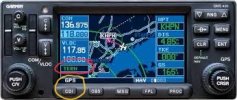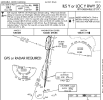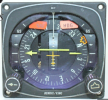On the ground I entered into Flight Plan two airports. The first one I activated ILS approach abd flew it, then continued to the second airport. With approval of ATC got to do ILS, when I tried to activate it by going to procedure it did not offer the second airport. Why is that?
Then I tried to load direct and that worked but the activated ILS did not switch automatically to the ILS frequency even as I toggled between CDI and GPS. I did not have the time to brief and manually enter the frequency, but if I did would that have worked?
Then I tried to load direct and that worked but the activated ILS did not switch automatically to the ILS frequency even as I toggled between CDI and GPS. I did not have the time to brief and manually enter the frequency, but if I did would that have worked?



